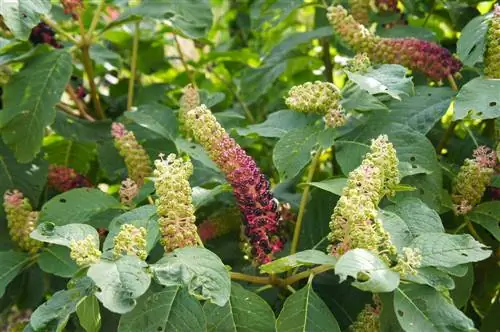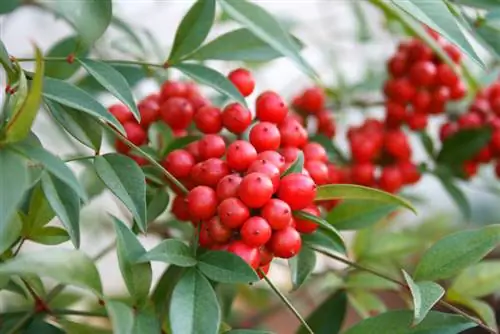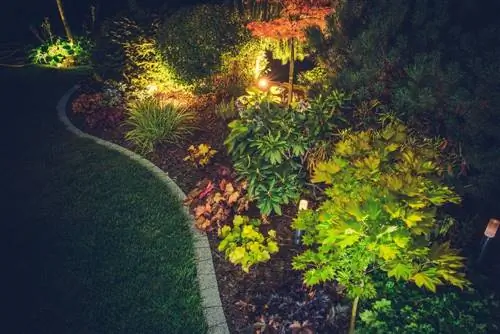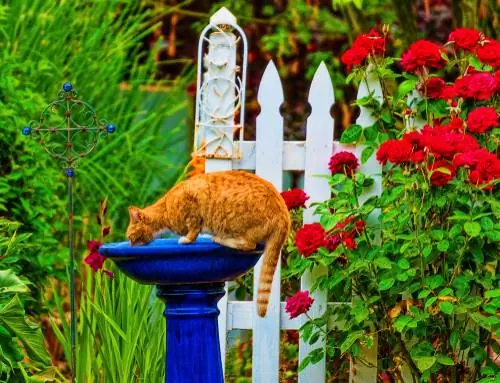- Author admin [email protected].
- Public 2023-12-16 16:46.
- Last modified 2025-01-23 11:21.
The pokeweed is a genus of plants with around 25 to 30 different plants, mostly native to Asia or South America. Some species have now settled almost all over the world.

Which pokeweed is better for the garden?
The Asian pokeweed is more recommended for the garden because it is less poisonous. It prefers a sunny to partially shaded location, nutrient-rich, slightly moist soil and requires long-term fertilizer in spring. However, it is still poisonous and not suitable for gardens with small children.
Which pokeweed should I plant in my garden?
Unfortunately, the pokeweed is also considered poisonous, although the American pokeweed is more so than the Asian one. Neither of them necessarily belong in a family garden, as eating them can quickly become dangerous for small children. You get digestive problems such as nausea, diarrhea or vomiting, and in severe cases even cramps.
You should also plant the Asian pokeweed out of the reach of small children. It is sometimes called the edible pokeweed, but that is only partially true. The toxic ingredients lose at least some of their effectiveness when heated, but the berries are inedible raw and especially when unripe.
How do I care for the pokeweed?
The pokeweed is quite undemanding and easy to care for. Give it some compost (€10.00 on Amazon) or a slow-release fertilizer in spring. The water requirement is not very great, but the plant likes slightly moist soil. If it feels comfortable in its location, it is very willing to reproduce and is difficult to control.
Plant your pokeweed in a warm and bright place. She likes it sunny or partially shaded. It doesn't place any special demands on the soil, but it should be nutrient-rich and slightly moist. From June onwards, the pokeweed shows its mostly whitish flowers, from which dark red to black berries develop in September and October.
The most important things in brief:
- considered poisonous
- fairly undemanding
- needs loose, rather nutrient-rich soil
- growing fast
- Location: warm, preferably sunny to partially shaded
- average water requirement
- give long-term fertilizer in spring
- blooms from June
- Berries in September and October, dark red to black
- plant the Asian pokeweed in the family garden
- very prolific
- originally not native to Europe, but now widespread
Tip
The pokeweed is quite easy to care for, but also poisonous. Therefore it should not be placed where small children can play and put the berries in their mouths.






